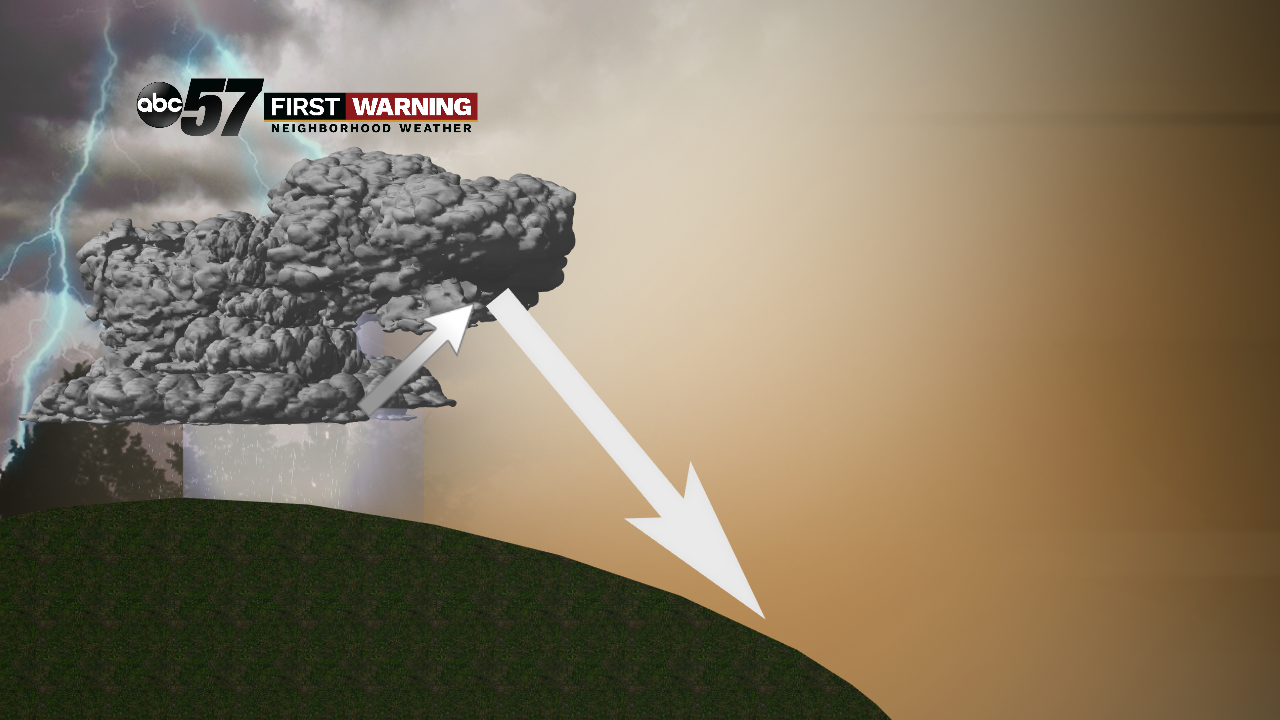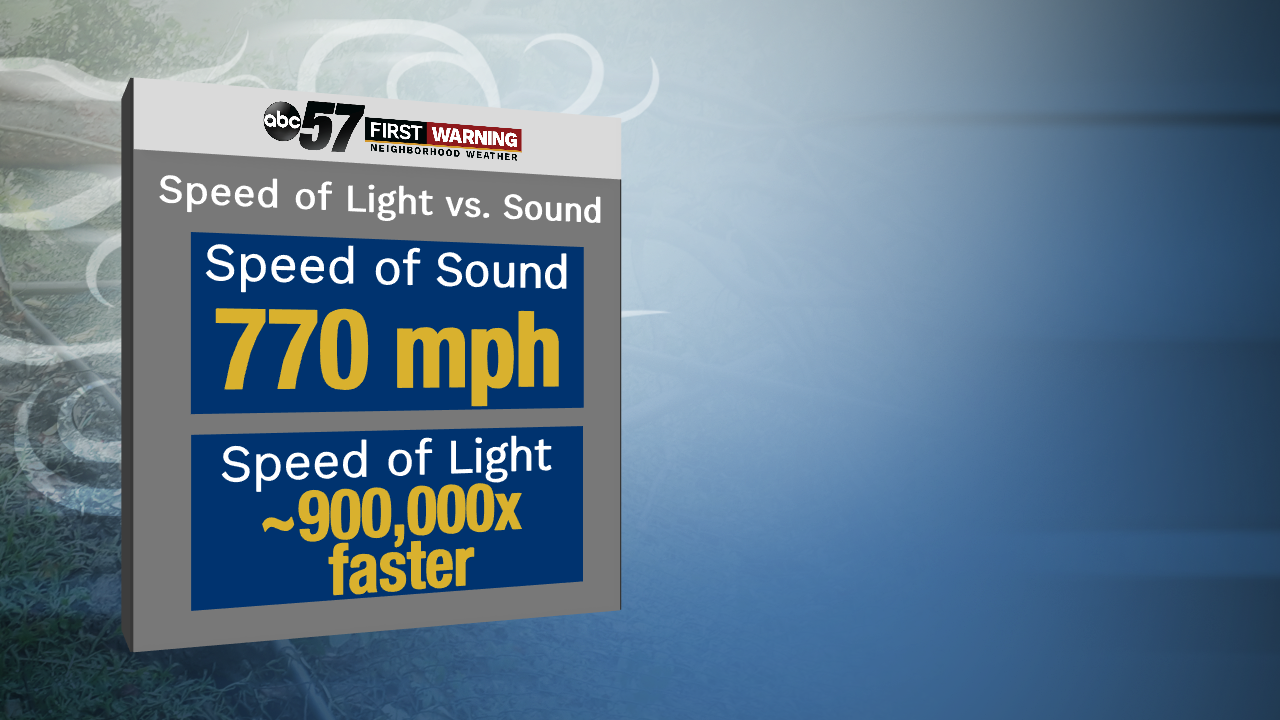There's definitely a misnomer about this apparent type of lightning. "Heat lightning" is not, by itself, a separate category of lightning and is not actually caused by warm overnight temperatures or leftover heat at the surface from a hot summer day. It's actually thanks to the reflection of light from a distant.
When a nighttime thunderstorm is far away from us, we can still see the flashes of lightning close to the horizon, but not the strike itself. Thanks to the water droplets and ice crystals in the thunderstorm cloud, the light of the strike is reflected off the cloud and hits our eye, allowing us to still see the flash. But you might be asking yourself where's the thunder?
Well, the speed of light is incredibly faster than the speed of sound in our atmosphere. In fact, light travels about 900,000 times faster than sound! And sound only travels about 10 miles away from the parent storm. So, you'll always see lightning before hearing the thunder. And remember, when thunder roars, go indoors.
















